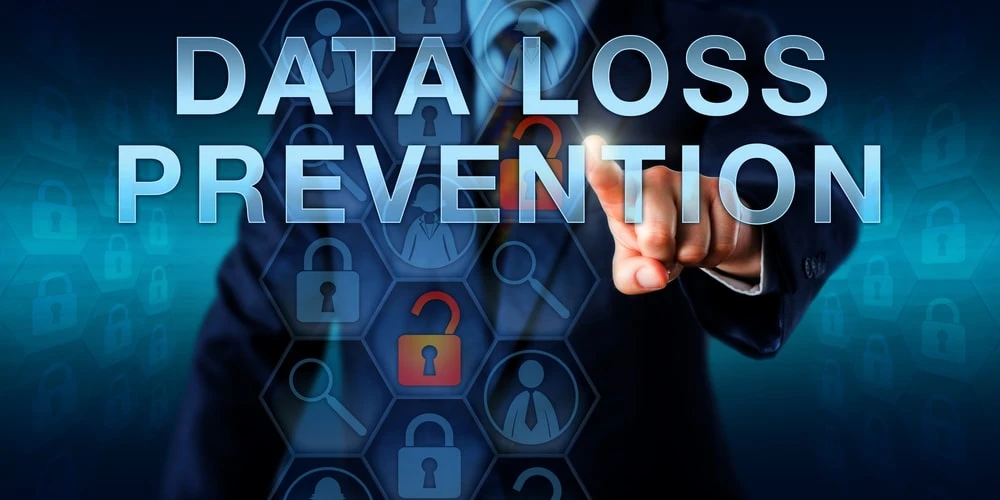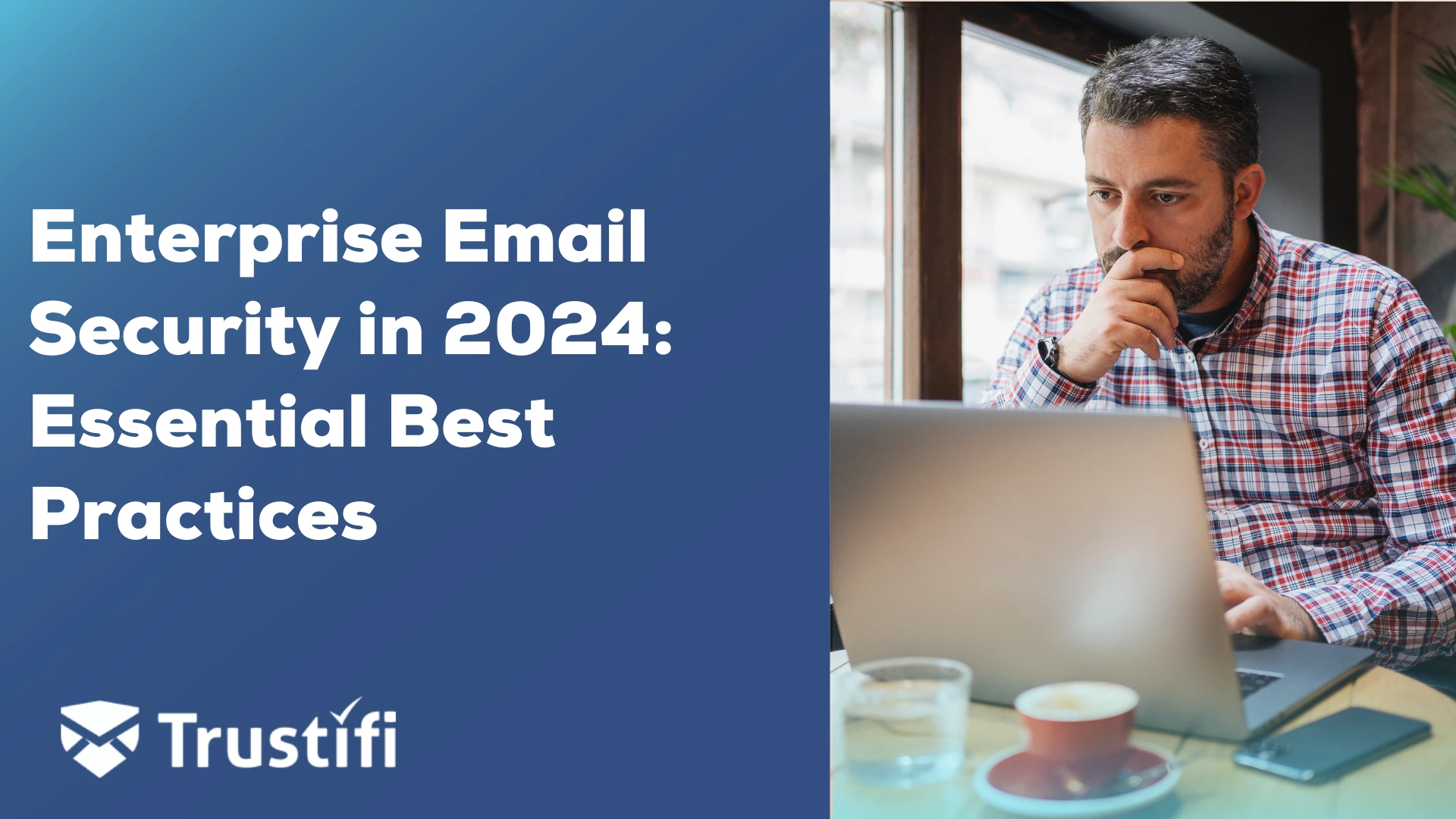Why Consider DLP?
- Data breaches cause damage to the brand, regulatory violations, and loss of trust with customers.
- Data Loss Prevention solutions require involving stakeholders.
- Data Loss Prevention solutions must be implemented correctly and well maintained.
- Data Loss Prevention solutions are complex. Encryption is necessary because it protects an organization’s sensitive
- Data Loss Prevention solutions must enforce sensitive data storage policy across all devices and networks.
Nowadays, DLP can be implemented in the cloud to protect applications or data. So, cloud DLP is one of the fastest and most secure ways to protect your online data making it one of the best DLP solutions on the market.
Additionally, data discovery, data theft, sensitive data residing, data monitoring, etc., are just a few benefits we need to take into account when considering DLP besides its security controls and its capabilities to generate reports that meet the compliance and auditing requirements set by the authorities.
Another benefit DLP technology offers that we need to strongly take it into account is that it makes it easier for security teams to generate, download, and/or share reports among team members or even clients.
New Business Drivers Opening The Door For Data Loss.
Today, data growth within organizations is partly due to more companies rapidly deploying more business digital transformation strategies and altering their business operations. These innovations drive greater systems accessibility, information efficiency, and business resiliency.
Organizations successfully transformed their business, including moving close to 100% of their traditional enterprise workloads to the cloud, deploying a SASE/Zero-Trust remote access model, and a risk management platform recognizing the amount of data will increase.
Digital data has replaced the traditional hard copy paper, making organizational data more accessible, reliable, and mobile. Companies realize a critical need to invest in advanced classification measures for the organization, prioritize, and set retention of all the new data.
Hospitals and healthcare provide transactions to electronic medical records is an example of a successful transformation. With every successful business migration, organizations also inherit new security risk implications.
The Digital Transformation Journey
Electronic forms for healthcare, financial, and manufacturing become easy to access, fill out, and submit under business transformation. Anyone with the correct access can securely download and upload these forms through a vendor-provided portal. Cybercriminals also target companies promoting success in their transformation.
This is why one of the keys to successfully preventing cyberattacks is to secure your business website or apps and prevent any vulnerabilities when accessing your company´s content online. Especially if it’s being accessed from mobile devices (like mobile phones and tablets).
Wells Fargo recently published their key initiatives around enterprise business transformation.
Delivering excellent customer experiences through collaborating across business lines
- Becoming more customer-centric with a next-generation client experience in the branches
- Simplifying our businesses and offerings through better client services.
- Improving operational excellence through cloud migration / digital transformation
- Strengthening our risk oversight, controls, and real-time data and threat protection
While expected to bring more excellent value to their clients, each transformation also exposed the organizations to a greater risk of data loss.
Role of Data Loss Prevention Technology
Data visibility helps organizations gain insight into how individuals interact with data. DLP remediates various security challenges, including insider threats, office 365 data security, and user behavior.
Data Loss Prevention (DLP) helps reduce the human error factor. DLP for email has backend rules set up to scan each email, looking for sensitive or critical data (Like financial data for example). These solutions offer several options, including blocking the message, encryption the content, or masking the information before releasing the email. All of the settings can be quickly and without human interaction.
Business Use Cases for Data Loss Prevention
1. Being Reactive and Proactive to Changing the Business Landscape
Companies intend to stay one step ahead of the competition by being first to market with the latest outstanding offerings. Time and speed to market drive many corporate initiatives.
Many of these initiatives correlate back to some form of business transformation. Driving down the cost while increasing customer satisfaction is an example of a first-to-market business transaction strategy.
These strategies increase access to new data sources, creating data loss problems. By automation more business processes, human error creates more security breaches. Employees unfamiliar with transformation tools will make mistakes and accidentally send an email with client confidential data or even release information about the organization’s financial status.
2. Staying in Compliance with Privacy Regulations
All companies are bound by law or regulation to compile with a privacy mandate. The company could be accountable to CCPA in California, GDPR in Europe, or PDPO in Hong Kong.
Most privacy regulations mandate the need for a Data Loss Prevention capability to be enabled by the organization to help prevent exploiting people’s personal information. Some mandates do not require DLP explicitly.
However, the governing bodies tend to be more lenient on companies that cause a security breach if they have deployed adaptive controls like email encryption and DLP. Hence why it is critical to meet the compliance and regulatory obligations set by each country´s law on this topic.
3. Proactive Adaptive Control in Place for Future Cyber Attacks
In 2020, several global organizations suffered from crippling ransomware attacks. Many of the attacks originated through the email channel. Having adaptive control, including email encryption and DLP, help stop the propagation of phish emails, malware files, and account compromise URLs.
Data loss prevention tools have effective rulesets designed to spot the various malware and phish lures buried within the message. Hackers continue to use these attack vectors because they are still effective due to most organizations having ineffective or misconfigured DLP solutions.
4. Delivering a Stronger Security Posture to Business Partners and Clients
A substantial, compliant, and resilient security posture is a business advantage. Organizations that make significant capital investments in certifications in Fedramp now open their business up to doing work for the state and federal governments.
Healthcare providers that become HITRUST certified become more appealing to procurement departments in hospitals. Service providers that complete ISO 27001 and SOC2 compliance earn trust with their prospects by having this certification.
The common thread to all of these certifications has DLP, and email encryption is deployed correctly, easy to use, and maintained by SecOps teams.
Securing The Email Channel from Data Loss
Emails are still the preferred method of communicating online. Email is the most common way for people to lose their data. Hackers use several attack vectors, including phishing, impersonation attacks, social engineering, etc.
Encryption and data loss prevention technologies are essential for organizations to prevent the loss of information or data leaks through the email channel.
Email Encryption and DLP – One Solution for Data Loss Prevention
Data Loss Prevention identified protected compliance content within the email message in parallel with email encryption. It instilled rules to prevent data from leaving through the email channel by enacting email encryption and DLP to protect sensitive data attempting to leave the organization unprotected.
Data loss usually comes from highly targeted attacks aimed at data theft like personally identifiable information data (or PII data) or any form of intellectual property.
DLP and Email Encryption Solution from Trustifi
Trustifi One-Click Compliance™ and Data Loss Prevention feature ensure that the client’s data remains secure, even if the end-user forgets to encrypt an email manually.
The email administrator quickly selects which compliance standards and Data Loss Prevention policies. Trustifi’s intelligent AI Engine will scan all outbound emails for sensitive content such as student records and automatically encrypt them.
With Trustifi, organizations collecting consumer information can send secure encrypted emails without remembering to click the encrypt email button. Just as quickly, recipients open an encrypted email with a single click even if they don’t have Trustifi themselves preventing any sensitive data leak in the process.
The email administrator sets all the DLP and email encryption policies on the backend to prevent accidental data loss of confidential information sent externally.
Other DLP solutions require users to log in to a portal to access encrypted emails, adding complexity to sending and receiving messages.
“One-Click” Encrypt and Decrypt with Trustifi
Trustifi makes sending and opening emails simpler than ever. No log-ins, portals, or passwords are needed.
Groundbreaking Technology Supporting Optical Character Recognition Technology
Trustifi’s OCR technology uses machine learning to scan email attachments such as images and PDF files. It recognizes elements such as a credit card scan or a screenshot of a financial statement and categorizes those attachments as sensitive.
The attachment files are automatically encrypted, reducing the opportunity for employees/individuals to transmit unprotected confidential material mistakenly.
Emails Get Automatically Scanned
The system automatically scans outgoing emails, applies the rules your administrator sets, and then finds the email encryption with no input from the user.
This ensures that sensitive data and attachments are not at risk before they reach their intended recipient and are protected from the prying eyes of hackers.
Culture
Trustifi’s email security services feature a comprehensive suite of email tools for advanced threat protection, easily configurable Data Loss Prevention, and enterprise email encryption. Trustifi’s easy-to-use software is unmatched in its user-friendliness, flexibility, and cost-effectiveness.
Trustifi’s time to value, ease of deployment, and lower cost of ownership for SecOps make the company culture secure and a financial match for any client seeking email security, data exfiltration, and message encryption.
Why Trustifi?
Trustifi is a cyber security firm featuring solutions delivered on software as a service platform. Trustifi leads the market with the easiest to use and deploy email security products, providing both inbound and outbound email security from a single vendor.
As a global cybersecurity provider of both inbound and outbound email protection, Trustifi currently supports customers from countries including the USA, Canada, Brazil, the Dominican Republic, the UK, the Netherlands, India, the UAE, China, and Japan, Cyprus, the Philippines, and more. The company has also developed “One-Click Compliance” capabilities that cater to world security regulations, including PDPO for Hong Kong, POPI for South Africa, GDPR for Europe, and LGPD for Brazil.
Request A Demo: Trustifi: Email Security Solutions
Whether you’re looking for an extra layer of protection in your existing email environment or a complete suite DLP solution, the expertise and simplicity Trustifi offers will exceed your expectations. Let’s talk about a customized email security plan that perfectly fits your needs.



